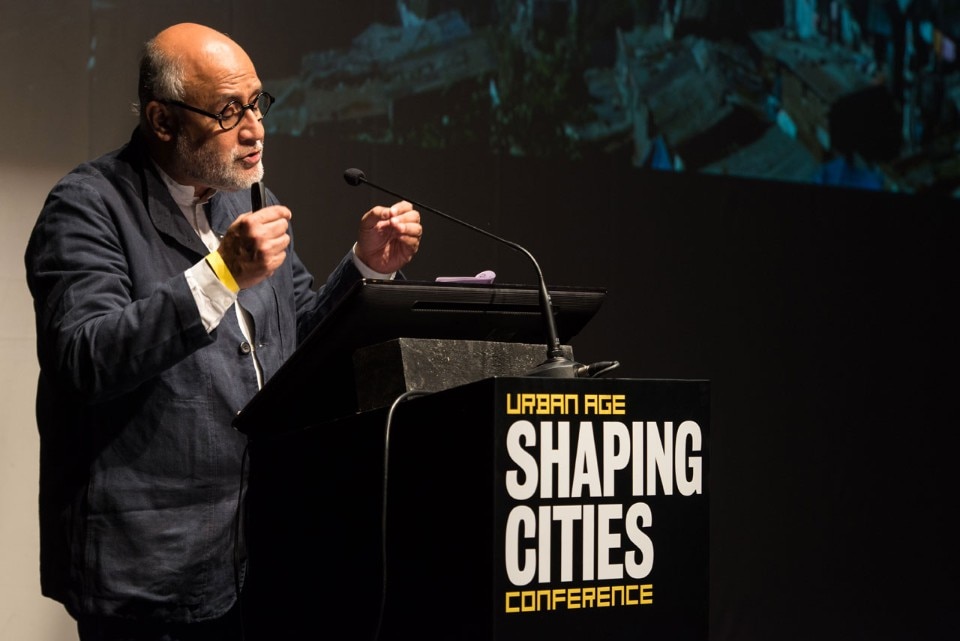
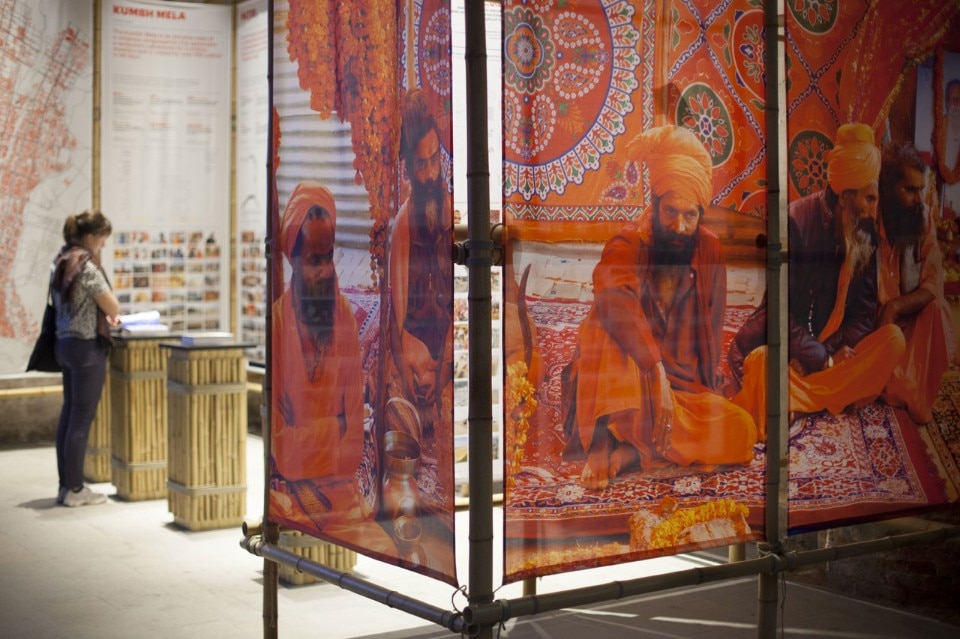
Philippa Nicole Barr: Do you think this Urban Age conference series, and the practice of architecture in general, could better respond to the love of the sacred and people’s desire for sacred spaces?
Rahul Mehrotra: In secular nation states we have tried to – I wouldn’t say suppress them – but we have tried not to manifest them physically. Clearly however there is a major aspiration for that expression and we can feel it. Alot of religious infrastructures are underground because there is no space, you don’t see a development plan that says, residential, commercial, and then sacred space. We have the public – and the public itself one can unpack into a range of things. But if sacred space becomes part of that equation, cites will become much richer. We are not sure how to place it within the objectivity the more rational debates we have about cities. The whole first day (of the Urban Age conference) was overwhelmingly dominated by maps, data and statistics – but as we universalize these problems naturally we lose our vocabulary for the sacred, and many other aspects which edge on subjectivity.
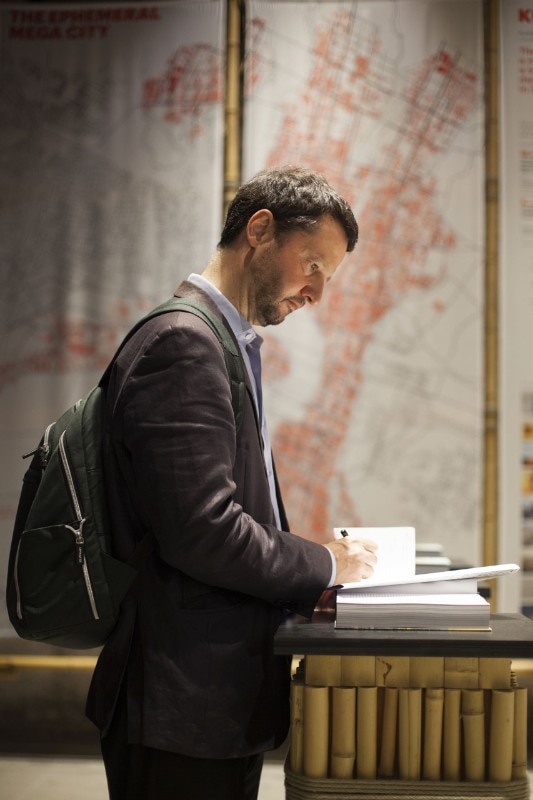
Philippa Nicole Barr: Can this notion of sacred space be connected with the notion of aesthetics that is often left out of conversations about design for the global south or developing countries?
Rahul Mehrotra: Absolutely, I think what modernism did and the modern city did is kind of flatten everything. In today’s world the idea that surfaced a lot but was never discussed was the notion of pluralism and diversity. All the discussion we have had so far have been about physical infrastructure, we haven’t talked about social infrastructure. And social infrastructure then leads you to the question of aesthetics, because through social infrastructure is when you get architectural expression, “should the minaret be allowed in Switzerland”? Only if we take these questions of diversity, pluralism, and translate them into the appropriate institutional structures, do we begin to reach the question of aesthetics.
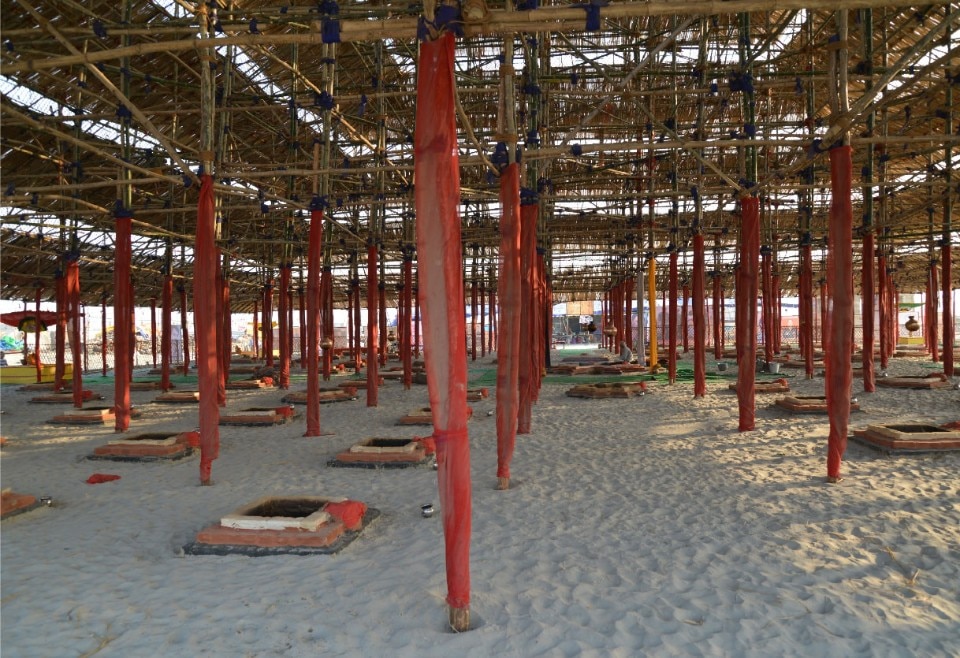
Philippa Nicole Barr: What inspired you to study the Kumbh Mela and produce this exhibit for the Venice Biennale?
Rahul Mehrotra: I had been writing a lot about Indian cities and I begin to use the word the ‘Kinetic City’. What I tried to argue there was we shouldn’t talk about the formal and the informal city, but cities India are kinetic which means they morph into one other – the temporal, the permanent – that’s how I got involved with the question of temporality because I started documenting the cricket fields that became venues for weddings in the evening, with bamboo and cloth, and how space would be transformed on a temporal scale and I got very interested in this notion as a way of explaining the form and the nature of the Indian city.
We use permanence as a default condition. I just thought that taking the Kumbh, studying a mega city, showing how this kind of temporality can solve a problem at that scale - I am not saying that we should make temporary cities but I am saying that we should map them on each other and all our cities should plan for these spaces for temporary use – and that might be a very good way to bring religion into it because spaces like that could be use temporarily for religious things and its ephemeral so you don’t begin to have a contestation about which religion dominates, which becomes a political question – and that’s a reason why politicians avoid it.
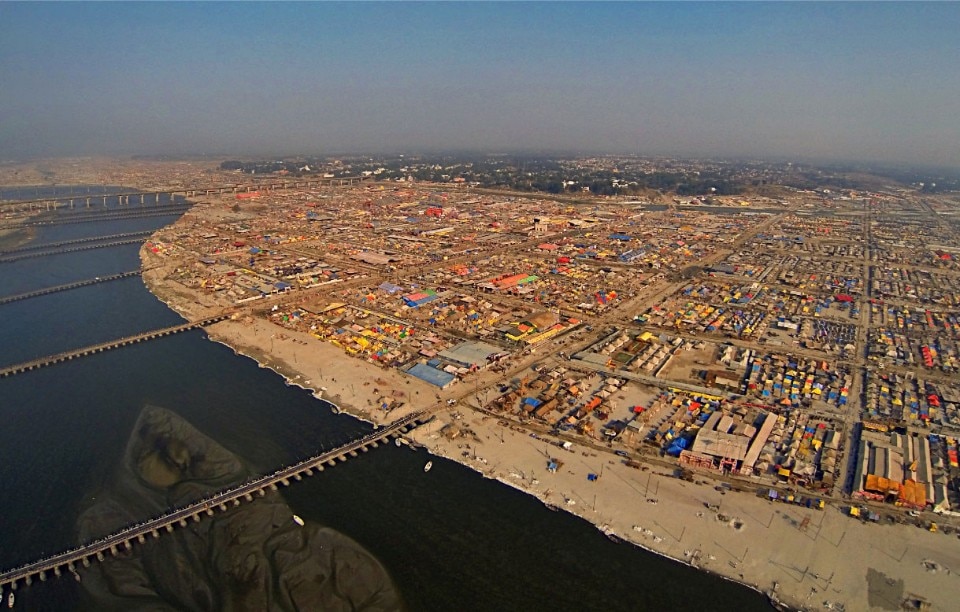
Philippa Nicole Barr: I wanted to bring your attention to the idea which Biennale director Alejandro Aravena describes of ‘impatient capital’ and ‘patient capital’, and how that sits with ephemera. How can capital be patient if the projects are ephemeral? Is ephemeral architecture compatible with today’s system of finance and investment?
Rahul Mehrotra: Just in your question there is a presumption that private finance is the way – but I think that is also something we have to question. Planning has to be a state subject, by definition, otherwise it is not planning. Planning is meant to control the desires, the aspirations and the impatience of capital. When capital resides in foundations, in institutions, it becomes patient. Alejandro Aravena referred to ‘patient capital’ but the question there is really how does it become patient. It only becomes patient if it resides with government, institutions, and foundations. That’s the reason why the best architecture comes out of museums and things like that because capital is patient they don’t mind taking 5 years to do a project.
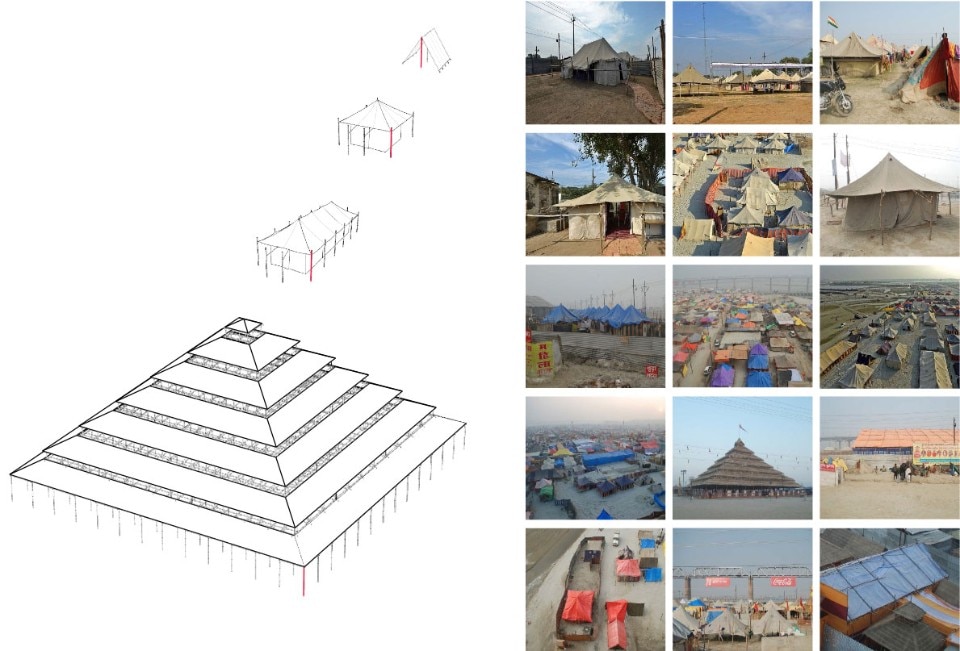
Philippa Nicole Barr: I want to pick up as well on what you said about the challenge of flux. Do you know of any examples of architectural projects that have successfully designed for transitions and not absolutes?
Rahul Mehrotra: I see glimpses of that unconsciously in many projects including Alejandro Aravena’s project, the whole idea of sites and services is about that, where you create an infrastructure and you allow something to appropriate it, grow with it, diminish, without having made a big investment. Within architecture there is some discussion about what is the life cycles of these materials. If I want to design a city for 55 days, where do I start? I am dying to get a client who says, I need a weekend house built in the countryside, but after 10 years it should all be recyclable. That would be a wonderful challenge. Because we take permanence as a default condition, we don’t look at reversibility. In contrast, I do a lot of historic preservation, and there reversibility is a big piece of the jargon, where even if you add on a contemporary thing, another generation should be able to remove it, like if its reversible it can float away, because tomorrow we might not like it. Why can’t we design reversible architecture?
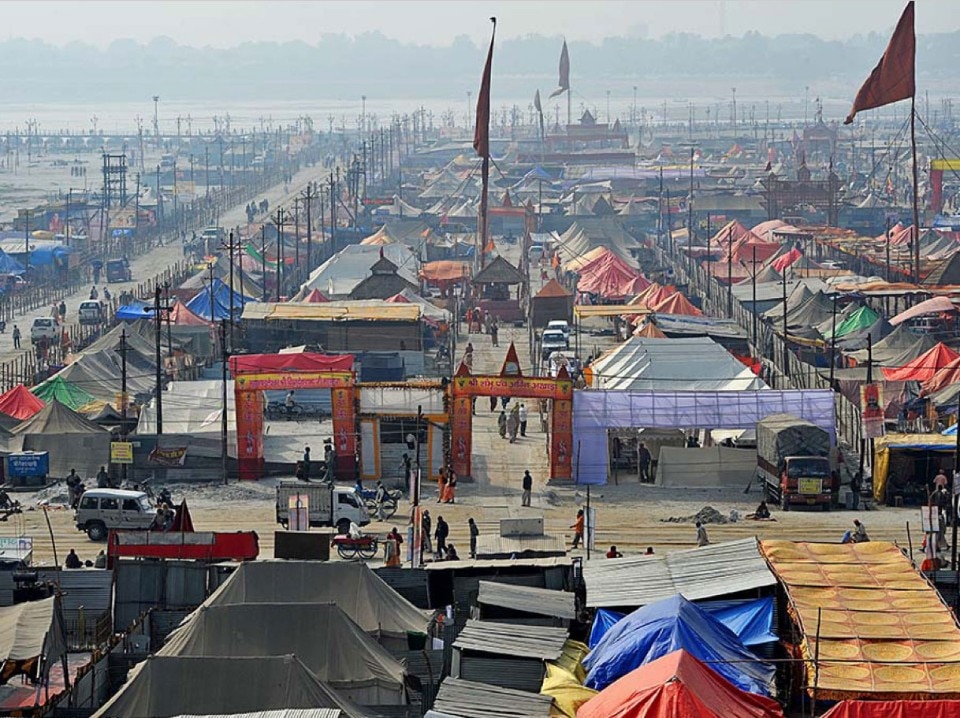
Philippa Nicole Barr: Do you have an ideal transitional or ephemeral project?
Rahul Mehrotra: We could apply to anything, all the way from a house to an institutional building, I think we should when we design programs and we talk to clients – I haven’t been lucky to have a client who I could do that with without losing the job – is to question why in the brief why don’t we have the life of the institution?
Philippa Nicole Barr: The term of the government?
Rahul Mehrotra: That’s what I mean by flux and transitions. I am right now planning to design a school for urban policy – and one question I am going to ask them is what does this have a life of, 30 years? If Indian urbanisation doesn’t settle down we are going to have bigger problems and we might not need a school of policy, we will need a school of governance or of military.
Philippa Nicole Barr: Or security?
Rahul Mehrotra: That’s right. So why do we always assume everything is forever? We’re not and so why should our institutions be?


